Home>Fans, Heaters & Lighting>How Many Amps Does A Space Heater Use?
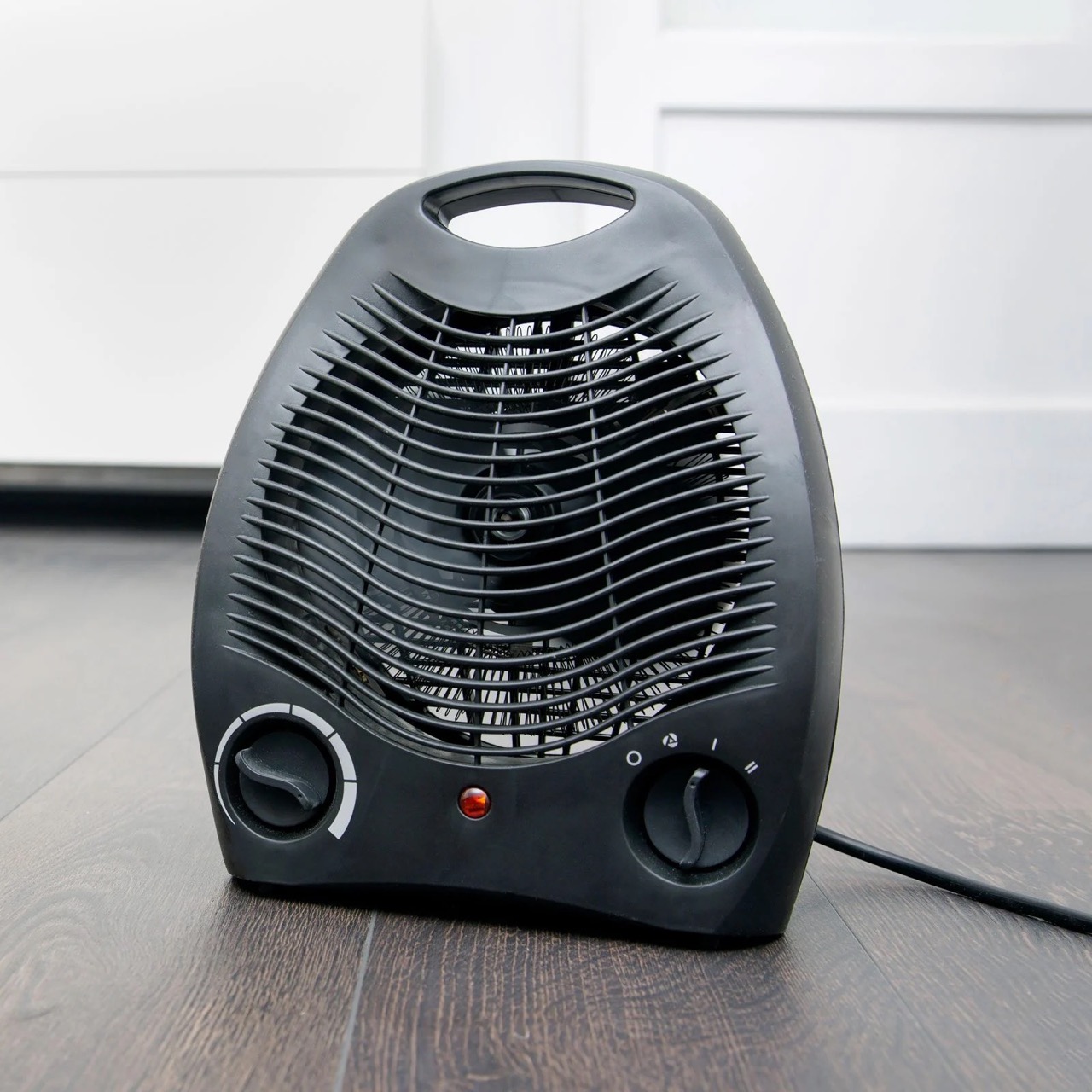

Fans, Heaters & Lighting
How Many Amps Does A Space Heater Use?
Modified: August 20, 2024
Discover how many amps a space heater typically uses and get useful information in this article.
(Many of the links in this article redirect to a specific reviewed product. Your purchase of these products through affiliate links helps to generate commission for Storables.com, at no extra cost. Learn more)
Introduction
Space heaters are a popular option for heating small areas or supplementing central heating systems. Whether you want to warm up a chilly room or create a cozy ambiance, understanding the amp usage of a space heater is essential. By knowing how many amps a space heater uses, you can determine if it is compatible with your electrical system and prevent potential power overload.
In this article, we will explore the various factors that affect the amp usage of space heaters and provide insights into their energy efficiency. Additionally, we will highlight important safety considerations to ensure you can safely use a space heater in your home or workspace.
So, let’s dive in and gain a better understanding of how many amps space heaters typically use and how to choose the right one for your needs.
Key Takeaways:
- Understanding the amp usage of space heaters is crucial for safety and compatibility with your electrical system. Consider factors like wattage, heat settings, and energy efficiency to make informed decisions when choosing a space heater.
- Prioritize safety when using space heaters by ensuring proper placement, ventilation, and electrical safety. Look for features like overheat and tip-over protection to minimize risks and maintain a safe environment.
Read more: How Many Watts Does a Space Heater Use?
Understanding Amps
In order to comprehend the amp usage of a space heater, it is important to have a basic understanding of what amps are and how they relate to electrical systems. Amps, short for amperes, measure the rate at which electric current flows through a circuit.
Think of your electrical system as a highway with the amps representing the number of cars passing through at any given moment. The higher the amp rating, the more electric current is flowing, and the more power a device requires.
When it comes to space heaters, the amp rating indicates the amount of electrical current drawn by the heater to generate heat. This information is crucial because it affects the electrical capacity required to run the heater, as well as its safety and efficiency.
Most household electrical systems in the United States operate at 120 volts, with 15 to 20 amps being the standard amperage rating for most circuits. It is crucial to consult an electrician or reference your electrical panel to determine the amp capacity of the circuit you plan to use for your space heater.
Now that we have a basic understanding of amps, let’s explore how space heaters work and how they affect amp usage.
How Space Heaters Work
Space heaters work by converting electrical energy into heat energy to warm up a specific area. The heating element, usually made of ceramic, metal, or quartz, is the heart of a space heater.
When you turn on the space heater, electricity flows through the heating element, which begins to heat up. The heat generated is then expelled into the surrounding area through convection, radiation, or a combination of both.
Convection is the process of heat transfer through the circulation of air. Space heaters with fans or blower systems help facilitate the convection process by blowing the warmed air into the room, creating a more even distribution of heat.
Radiation, on the other hand, involves the direct transfer of heat from the hot surface of the heating element to objects and people in close proximity. This is why you can feel the warmth from a space heater even when you are not directly in its line of airflow.
Although space heaters are designed to efficiently convert electricity into heat, it is important to note that they can consume a significant amount of power. This consumption directly impacts the amp usage of the heater, which we will explore further in the next section.
Now that we have a better understanding of how space heaters operate, let’s discuss the factors that affect their amp usage.
Factors Affecting Amp Usage
The amp usage of a space heater is influenced by several factors, which can vary from one heater model to another. Understanding these factors will help you determine the amp requirements of a space heater and ensure compatibility with your electrical system.
1. Wattage: The wattage rating of a space heater indicates its power consumption. To convert wattage to amps, you can use the formula: amps = watts / volts. For example, a 1500-watt space heater on a 120-volt circuit will draw approximately 12.5 amps.
2. Heat Setting: Space heaters often come with multiple heat settings, allowing you to adjust the level of warmth according to your needs. It’s essential to know that higher heat settings typically consume more power and draw more amps than lower settings.
3. Size and Type of Heating Element: The size and type of heating element can have an impact on the amp usage. Space heaters with larger heating elements or multiple elements may require more power and draw more amps to generate heat.
4. Thermostat: Many space heaters feature built-in thermostats that regulate the temperature. When the desired temperature is reached, the heater will cycle on and off to maintain it. This can help reduce amp usage since the heater is not constantly running at full power.
5. Additional Features: Space heaters may have additional features like timers, oscillation, or remote controls. These features may increase the overall power consumption and, consequently, the amp usage of the heater.
It’s important to consider these factors when choosing a space heater to ensure that it aligns with your electrical system’s capabilities and meets your heating needs efficiently.
In the next section, we will delve into the typical amp range for space heaters, giving you a better idea of what to expect in terms of amp usage.
When choosing a space heater, look for the amperage listed on the product specifications. This will tell you how many amps the heater uses, helping you determine if it’s suitable for your electrical system.
Typical Amp Range for Space Heaters
The amp range for space heaters can vary depending on their size, wattage, and specific features. Generally, most residential space heaters fall within the range of 8 to 12.5 amps.
Smaller space heaters with lower wattage ratings, typically around 700 to 900 watts, may draw around 6 to 7 amps. These heaters are suitable for small rooms or personal use and are often more energy-efficient.
Medium-sized space heaters with wattages ranging from 1000 to 1500 watts will usually require approximately 8 to 12.5 amps. These heaters are capable of heating larger rooms or serving as the primary heat source for smaller spaces.
Larger or high-powered space heaters with wattages exceeding 1500 watts may draw more than 12.5 amps. These heaters are designed for heating larger areas and may require a dedicated circuit or higher amp capacity to operate safely.
Remember, it’s important to match the amp requirements of a space heater with the capacity of the electrical circuit you plan to use. Operating a space heater that draws more amps than the circuit can handle can lead to power overload, tripped breakers, or even electrical fires.
Now that we have explored the typical amp ranges for space heaters, it’s worth mentioning energy efficiency ratings to help you make an informed decision when choosing a space heater.
Read more: How Many Amps Does Alexa Use
Energy Efficiency Ratings for Space Heaters
When it comes to space heaters, energy efficiency is an important factor to consider. Not only does it affect the impact on your utility bills, but it also reflects the heater’s ability to convert electricity into heat effectively.
One way to gauge the energy efficiency of a space heater is by looking for certifications such as Energy Star. Energy Star certified heaters meet strict energy efficiency guidelines established by the Environmental Protection Agency (EPA). These heaters are designed to use less electricity while still providing effective heating.
Another helpful indicator is the heater’s Energy Factor (EF) rating. The EF rating measures how efficiently the space heater converts electricity into heat. A higher EF indicates better energy efficiency. Look for space heaters with higher EF ratings to ensure you’re getting the most bang for your buck in terms of energy consumption.
Additional features like programmable timers, adjustable thermostats, and heat settings can contribute to energy efficiency. These features allow you to customize the heater’s operating schedule and temperature settings, reducing unnecessary energy consumption when heat is not needed.
It’s important to note that energy efficiency is not solely determined by the heater itself. Factors such as insulation, room size, and temperature preferences also play a role in overall energy consumption and efficiency. Consider these factors in conjunction with the energy efficiency rating when selecting a space heater.
Now that we have covered energy efficiency ratings, let’s shift our focus to safety considerations when using space heaters.
Safety Considerations when Using Space Heaters
While space heaters can be a convenient and effective way to heat a specific area, it’s crucial to prioritize safety when using them. Here are some important safety considerations to keep in mind:
1. Placement: Ensure that the space heater is placed on a level, non-flammable surface, away from any combustible materials such as furniture, curtains, rugs, or bedding. Keep a minimum distance of three feet between the heater and any objects.
2. Ventilation: Make sure the space heater is used in a well-ventilated area to prevent the buildup of carbon monoxide or other harmful gases. Never use a fuel-powered space heater indoors without proper ventilation.
3. Electrical Safety: Plug the space heater directly into a wall outlet and avoid using extension cords or power strips, as they can overheat and create a fire hazard. Ensure that the electrical outlets and wiring in your home can handle the amp usage of the space heater.
4. Overheating Protection: Look for space heaters with built-in safety features such as overheat protection. These features automatically shut off the heater if it reaches an unsafe temperature, preventing potential fire hazards.
5. Tip-Over Protection: Consider space heaters with tip-over protection, which automatically shut off the heater if it is accidentally knocked over. This feature helps prevent accidents and reduces the risk of fires.
6. Unattended Use: Never leave a space heater unattended while it is operating. It’s important to turn off the heater when you leave the room or go to sleep to avoid potential accidents.
7. Regular Maintenance: Keep the space heater clean and well-maintained by regularly wiping off dust and debris. If the heater has a filter, clean or replace it according to the manufacturer’s instructions.
By following these safety considerations, you can minimize the risks associated with using space heaters and ensure a safe environment for yourself and others.
Now, let’s conclude our discussion on the amp usage of space heaters.
Conclusion
Understanding the amp usage of space heaters is essential for ensuring the safety and compatibility of these heating devices with your electrical system. By considering factors such as wattage, heat settings, heating element size, and additional features, you can determine the amp requirements of a space heater and choose the right one for your needs.
Typically, residential space heaters fall within the range of 8 to 12.5 amps, but it’s crucial to match the amp requirements with the capacity of your electrical circuit to prevent power overload or electrical hazards.
Energy efficiency ratings, such as the Energy Star certification and Energy Factor (EF) rating, can help you select a space heater that not only provides effective heating but also minimizes energy consumption and lowers utility costs.
When using space heaters, it’s important to prioritize safety. Proper placement, ventilation, electrical safety, and the presence of overheat and tip-over protection are crucial considerations to prevent accidents and maintain a safe environment.
By staying informed about amp usage, energy efficiency, and safety considerations, you can make educated decisions when selecting and using space heaters. Enjoy the warmth and comfort provided by these devices while prioritizing the well-being and safety of yourself and those around you.
If you have any further questions or need additional assistance, don’t hesitate to consult a professional electrician or refer to the manufacturer’s guidelines for specific space heater models.
Frequently Asked Questions about How Many Amps Does A Space Heater Use?
Was this page helpful?
At Storables.com, we guarantee accurate and reliable information. Our content, validated by Expert Board Contributors, is crafted following stringent Editorial Policies. We're committed to providing you with well-researched, expert-backed insights for all your informational needs.



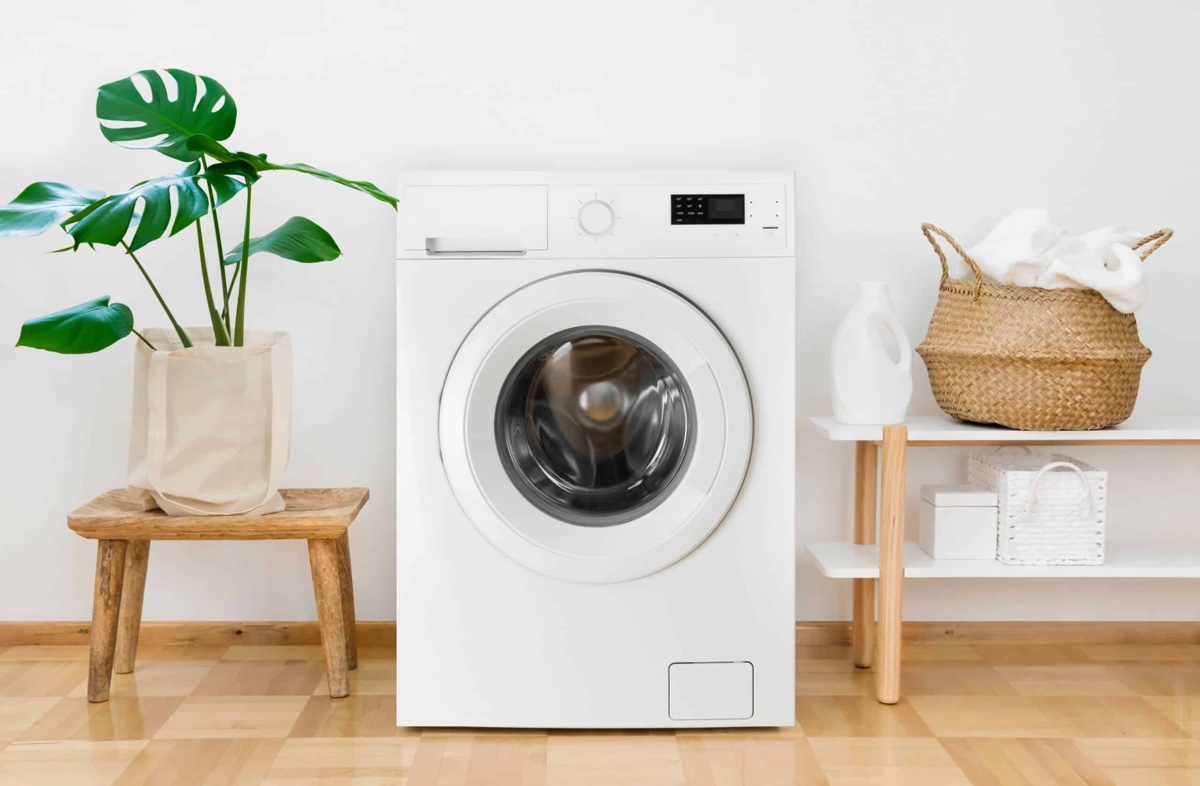
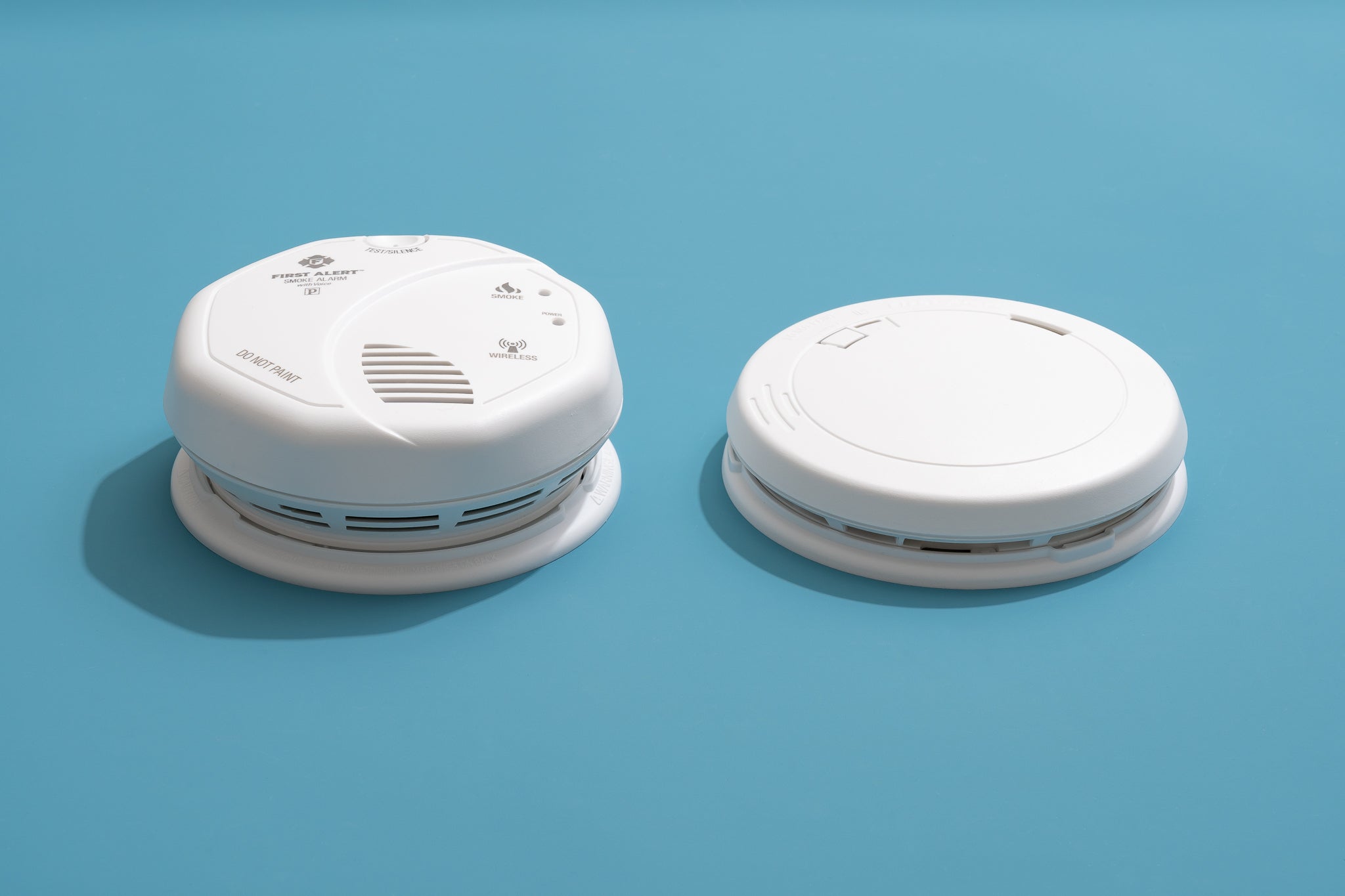
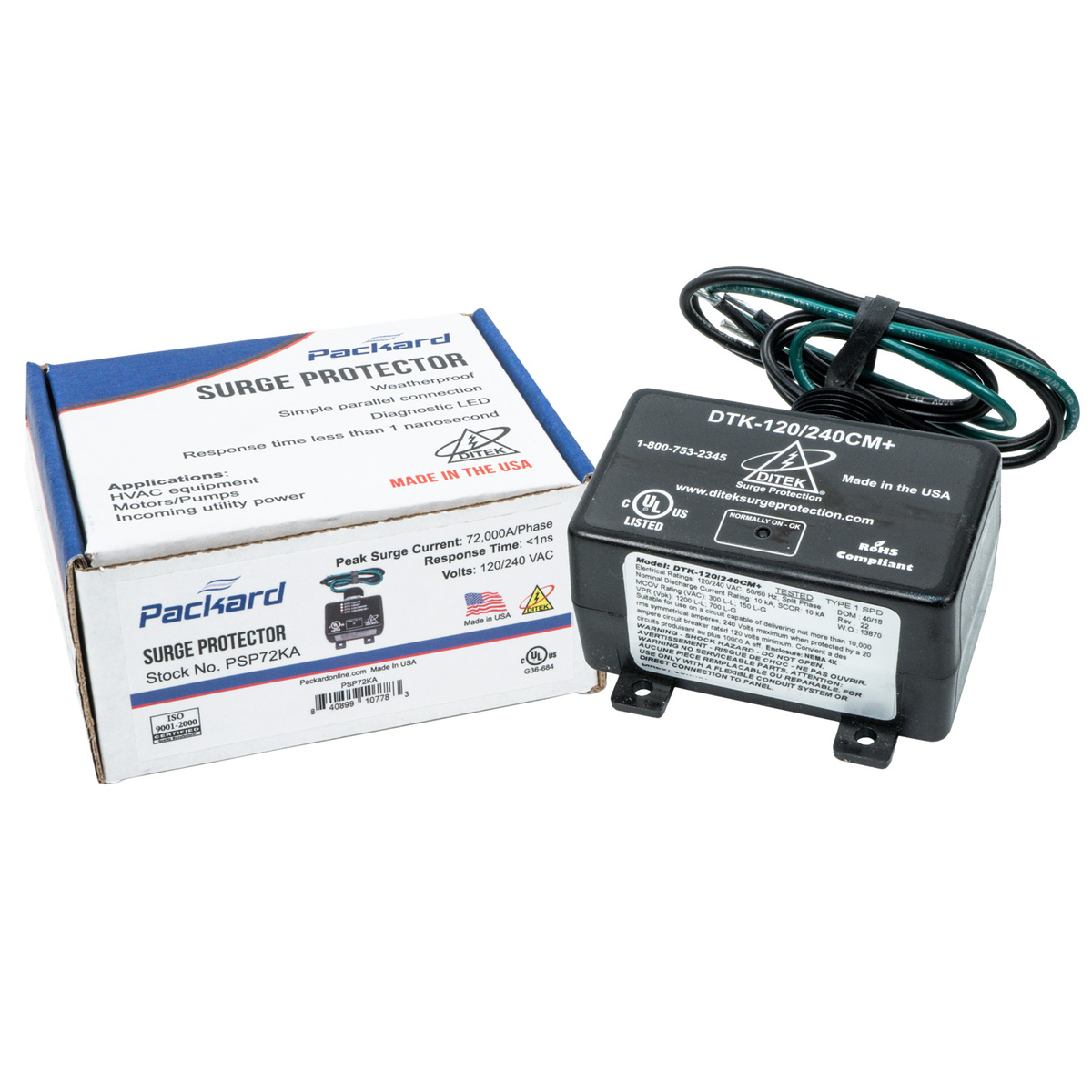
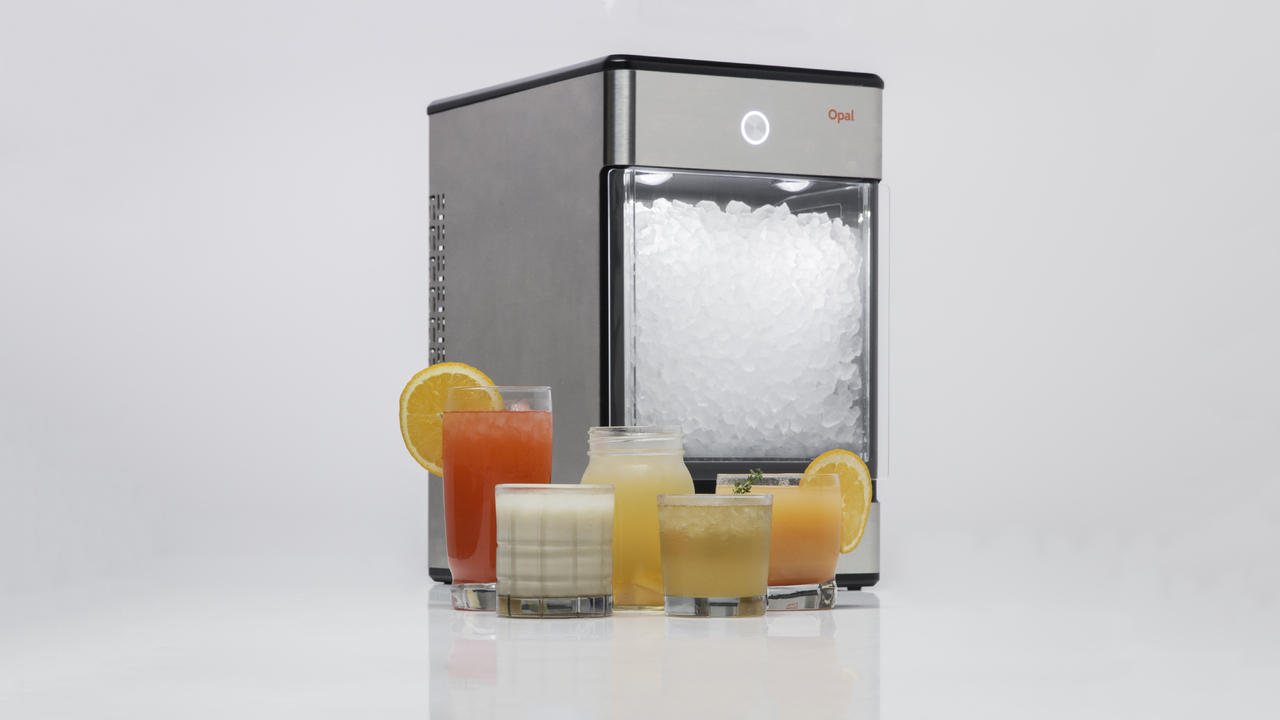


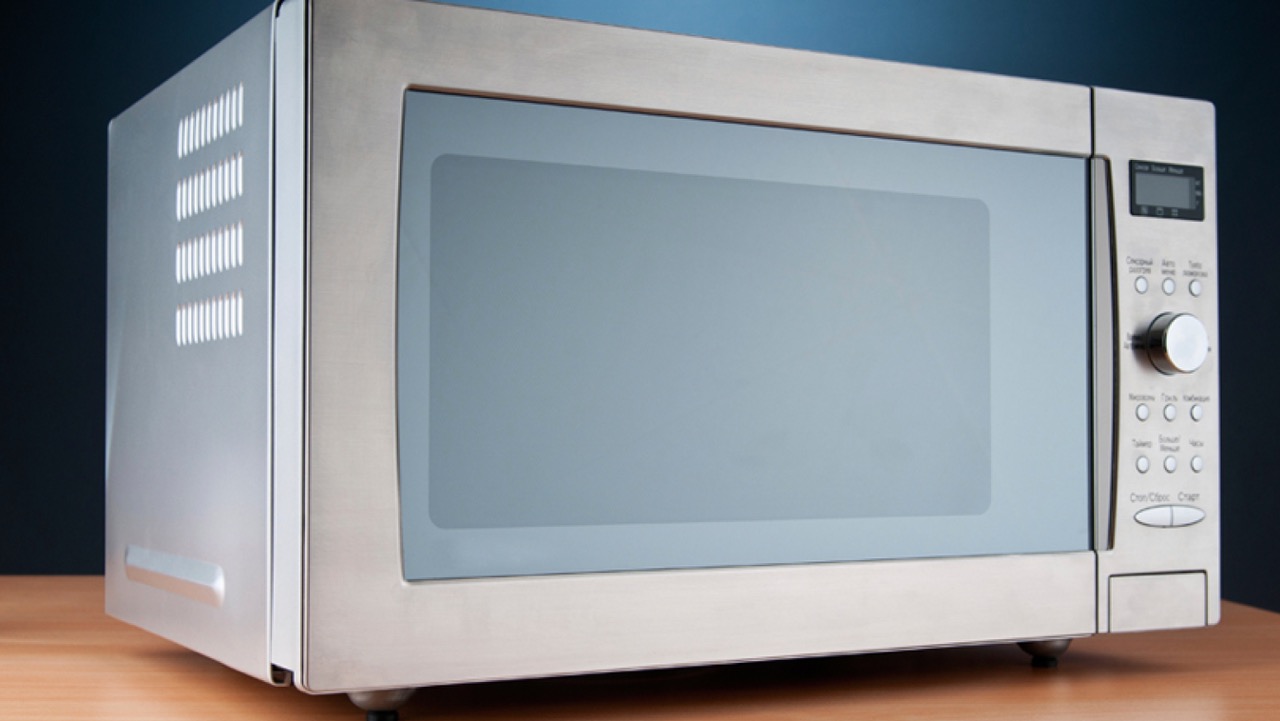
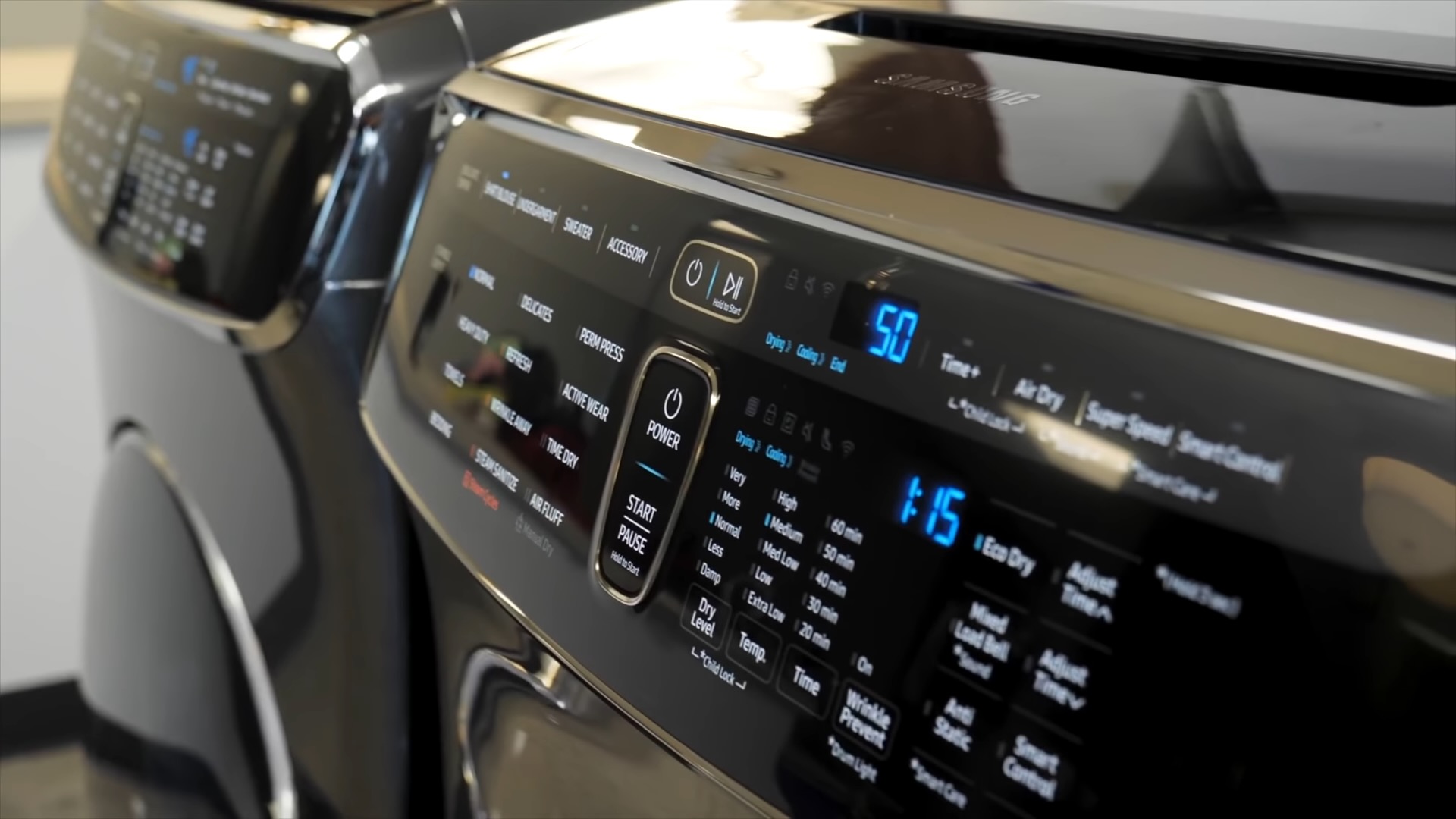

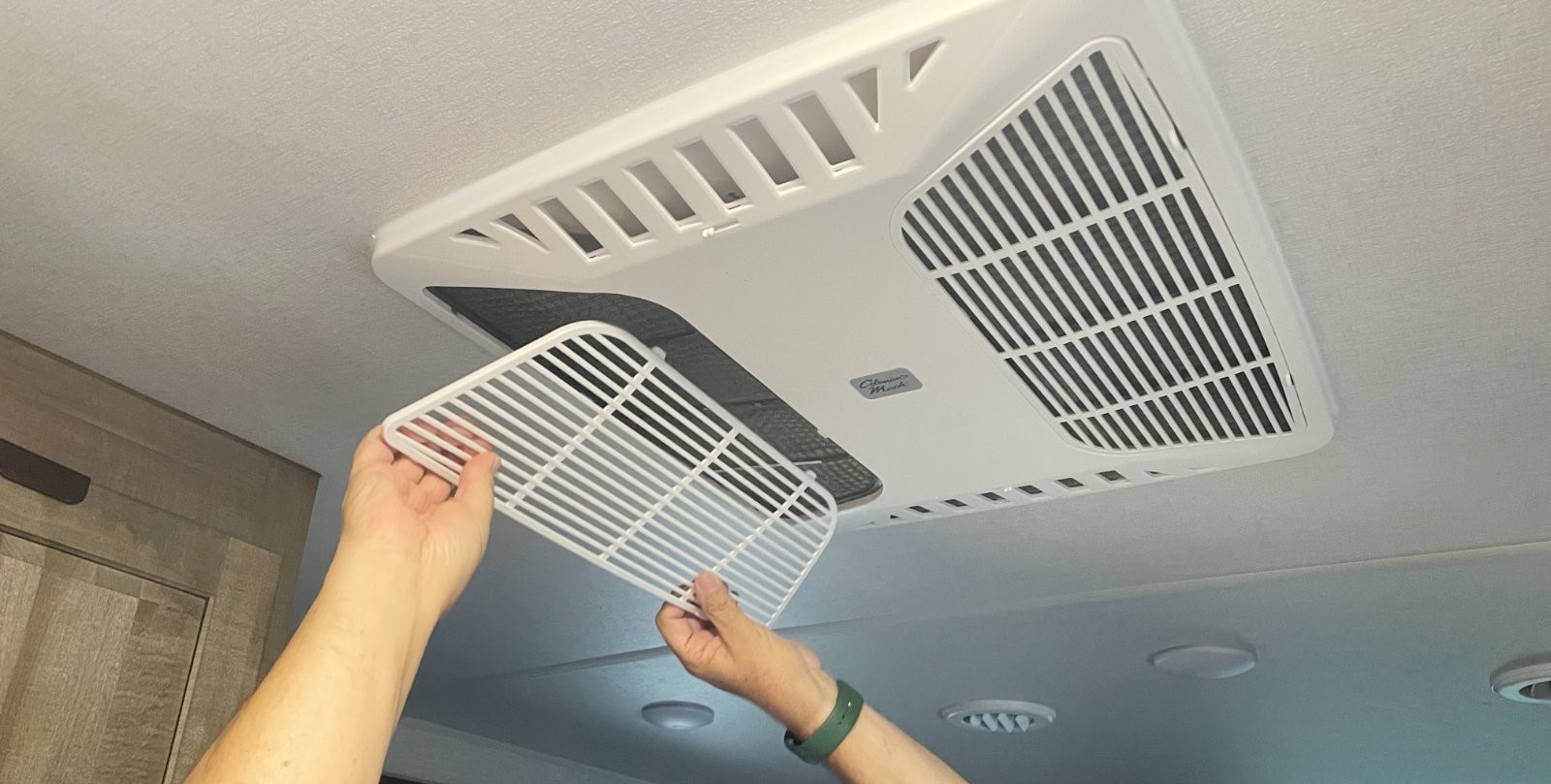


0 thoughts on “How Many Amps Does A Space Heater Use?”